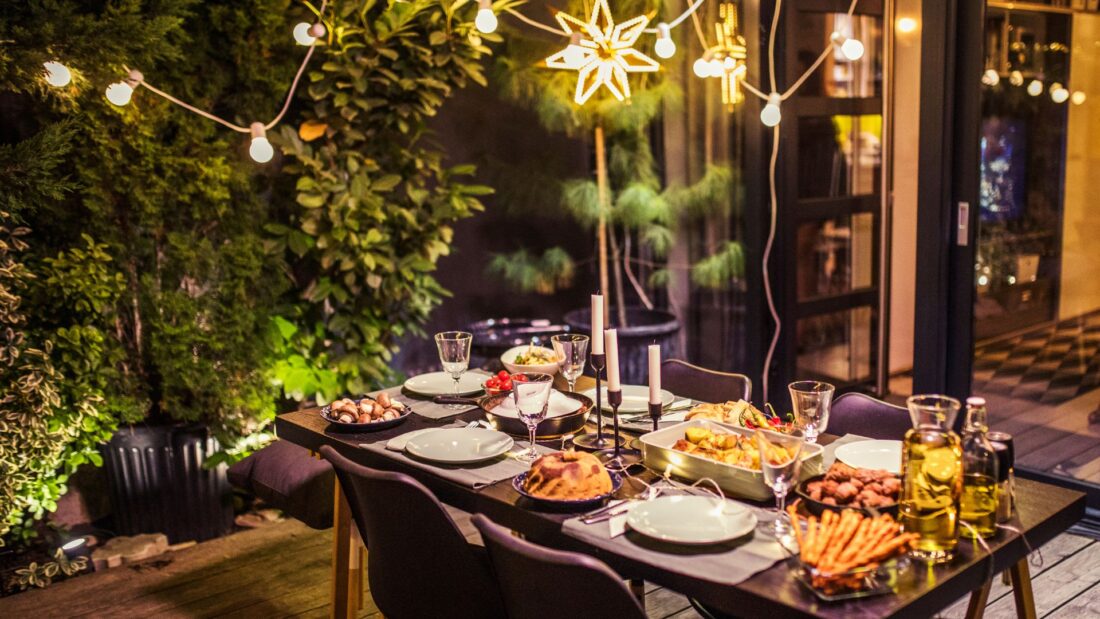The Extrovert’s Home: Tailoring Interior Design for Social Butterflies
Picture the life of the party, the social butterfly, the charismatic leader – these are often the extroverts among us. Extroverts, as defined by psychologist Carl Jung, are individuals who gain energy from interacting with the world around them. They thrive in vibrant and sociable environments, love engaging in active and stimulating conversations, and generally prefer the company of others over solitude. The needs of extroverts typically revolve around maintaining a strong connection with the external world, seeking social interactions, and being actively involved in events and activities. At home, they’re likely to engage in activities such as hosting parties, participating in lively discussions, or any form of social gatherings.
Extroverts thrive when their living spaces mirror these same characteristics. A well-designed home that supports an extrovert’s need for social interaction and stimulation can enhance their happiness and overall well-being. But how do you design such a space? In this article, we explore ten interior design principles that are ideal for extroverts, providing a home environment that’s as energizing, engaging, and sociable as they are.
1. An open-concept layout: Extroverts thrive on social interaction and enjoy being around others. An open-concept layout allows for seamless flow and easy communication between people, catering to extroverts’ desire for constant engagement and interaction.
2. Vibrant and bold colour schemes: Extroverts are often characterized as outgoing and energetic individuals. Bold and vibrant colours can evoke feelings of excitement, enthusiasm, and extroverted energy, reflecting their lively and dynamic nature. A study published in “Color Research & Application” showed that colour could greatly impact mood and energy levels, with vibrant colours often being more stimulating.
3. Multiple seating areas: Extroverts are social butterflies who enjoy spending time with friends and conversing. Multiple seating areas provide ample space for gathering, encouraging extroverts to connect and socialize with others comfortably.
4. Large windows and skylights: Extroverts tend to be energized by external stimuli, including natural light and the outside world. Large windows and skylights let in abundant natural light, create a sense of openness, and offer glimpses of the surrounding environment, satisfying extroverts’ need for connection with the outside world.
5. Social-centric kitchen: Extroverts often gravitate toward the heart of the home, the kitchen, as it serves as a hub for socializing and entertaining. A kitchen with an expansive island, ample seating, and an open layout connecting it to the living or dining areas create a social-centric space where extroverts can mingle, chat, and showcase their culinary skills while engaging with others.
6. Versatile and flexible furniture arrangements: Extroverts thrive on social interactions and adapt to different group dynamics. Having furniture that can be easily rearranged or modular seating options allows extroverts to customize the space to accommodate various social activities, fostering a sense of versatility and adaptability in the home environment.
7. Statement artwork and conversation starters: Extroverts enjoy engaging in stimulating conversations and sharing their interests. Incorporating eye-catching artwork, unique decor pieces, or conversation starters, such as a gallery wall, intriguing sculptures, or a collection of memorabilia, creates focal points that spark discussions and showcase extroverts’ vibrant personalities and interests.
8. Outdoor entertaining spaces: Extroverts often find rejuvenation and pleasure in outdoor environments. Designating a well-appointed outdoor entertaining area, such as a spacious patio, deck, or garden, with comfortable seating, a barbecue station, and ambient lighting, provides extroverts with an extension of their social space, where they can host gatherings, engage in outdoor activities, and enjoy the company of others in a vibrant and inviting atmosphere. Incorporating features like decks, patios, or fire pits allows for additional hosting opportunities, and being outside can elevate mood and energy. According to a study in the “Journal of Environmental Psychology”, outdoor environments can have a positive impact on mood, particularly for extroverts who draw energy from their surroundings.
When it comes to extroverts, their home is much more than a place for rest – it’s a hub for social interaction, a venue for entertainment, and a vibrant space that reflects their energetic personality. By incorporating elements such as open-concept layouts, bold colours, multiple seating areas, and interactive elements, you can create a space that truly complements and enhances an extrovert’s way of life. Remember, the key is to balance a stimulating environment and a comfortable home. With the right design approach, you can provide an ideal setting for the extrovert’s love for socializing, adaptability, and spirited zest for life.





